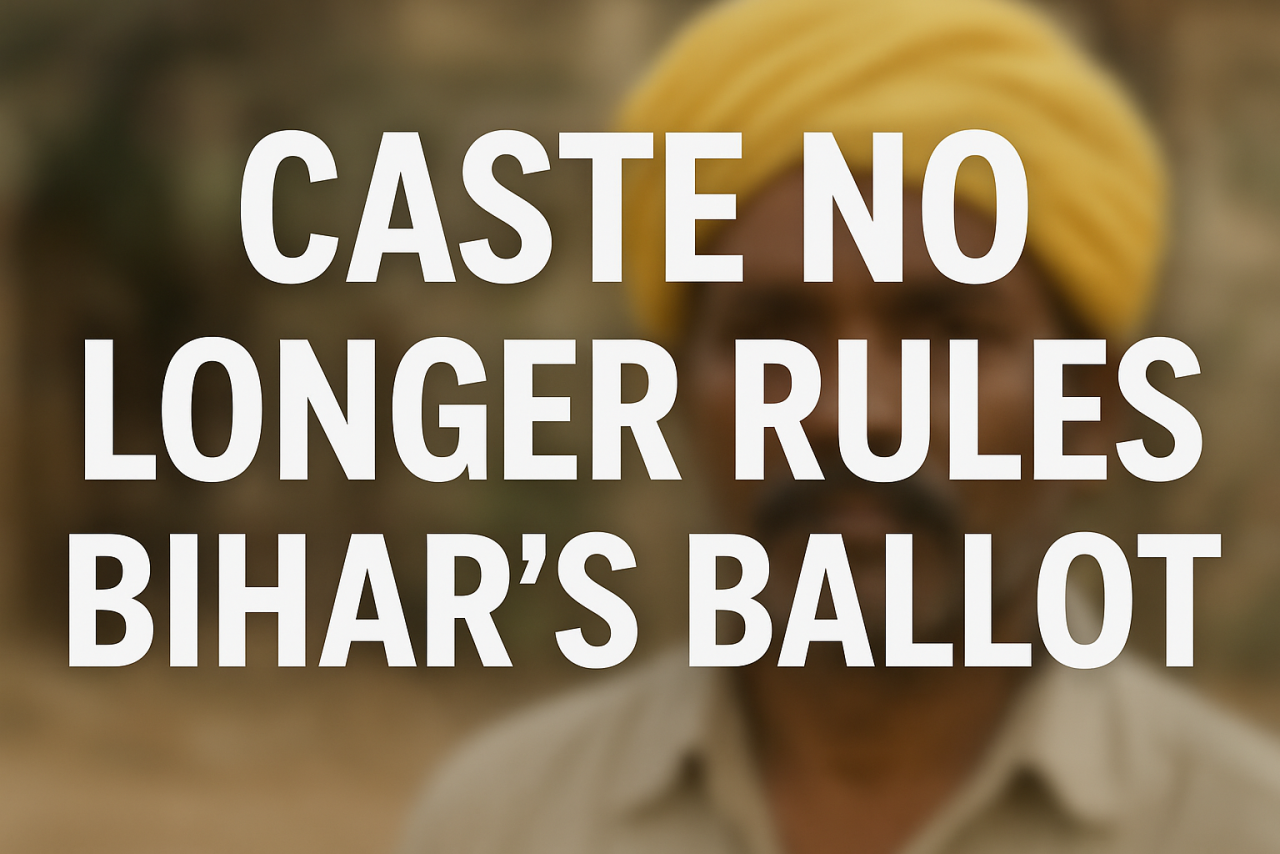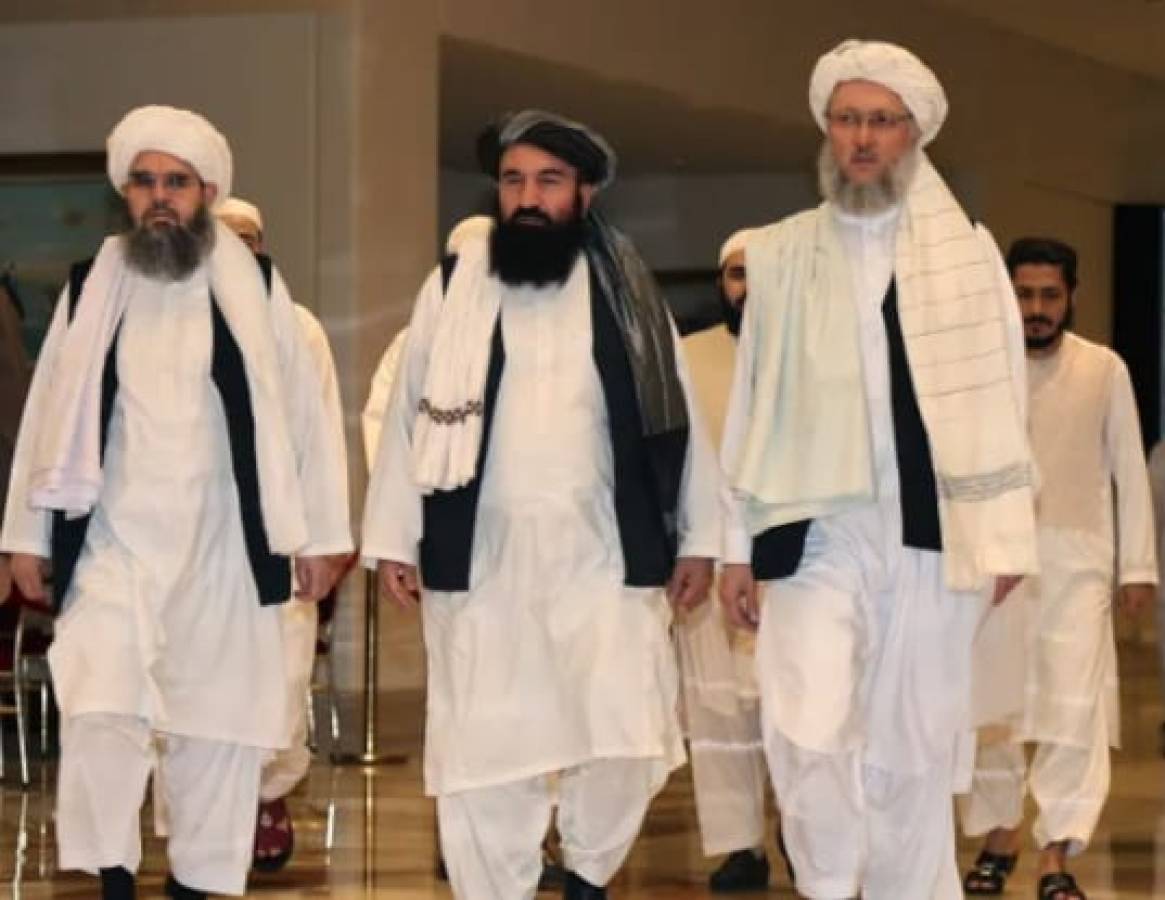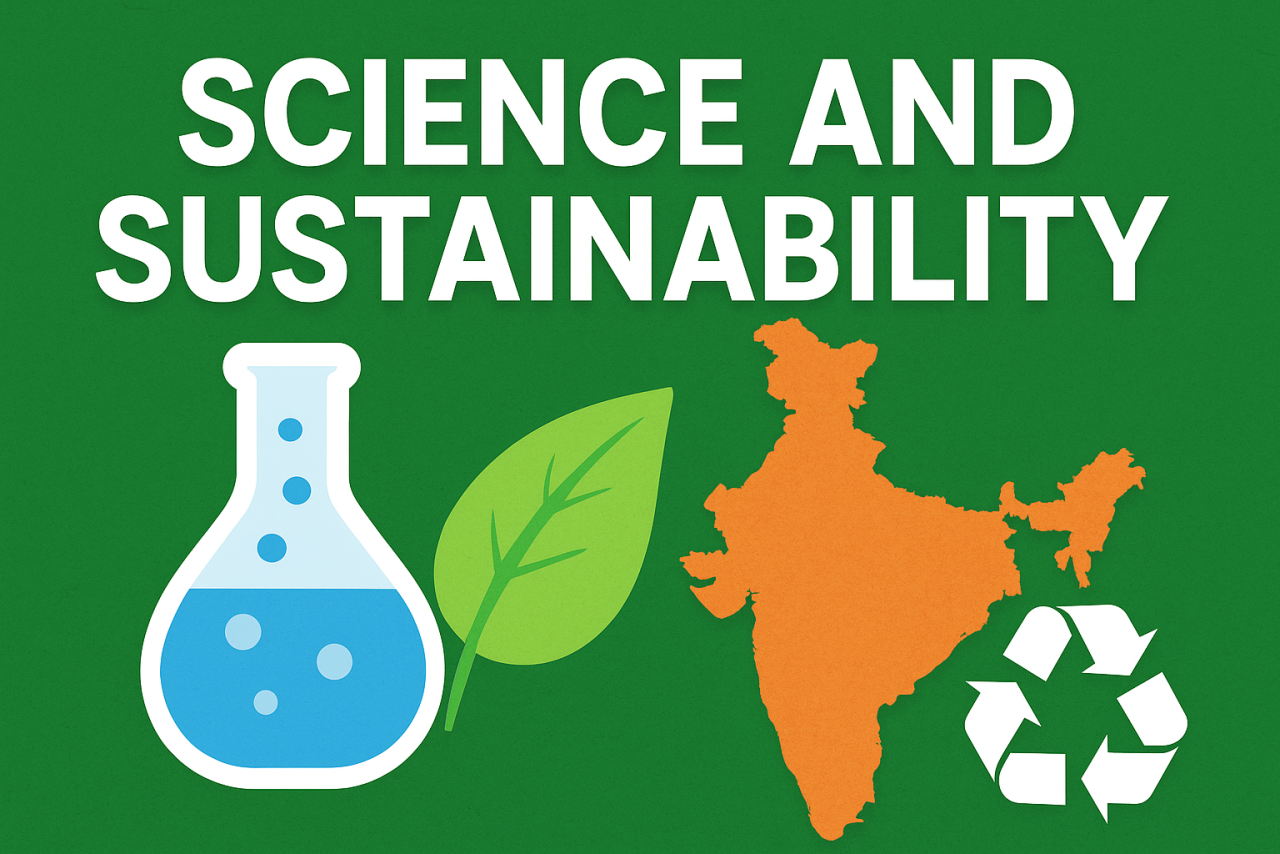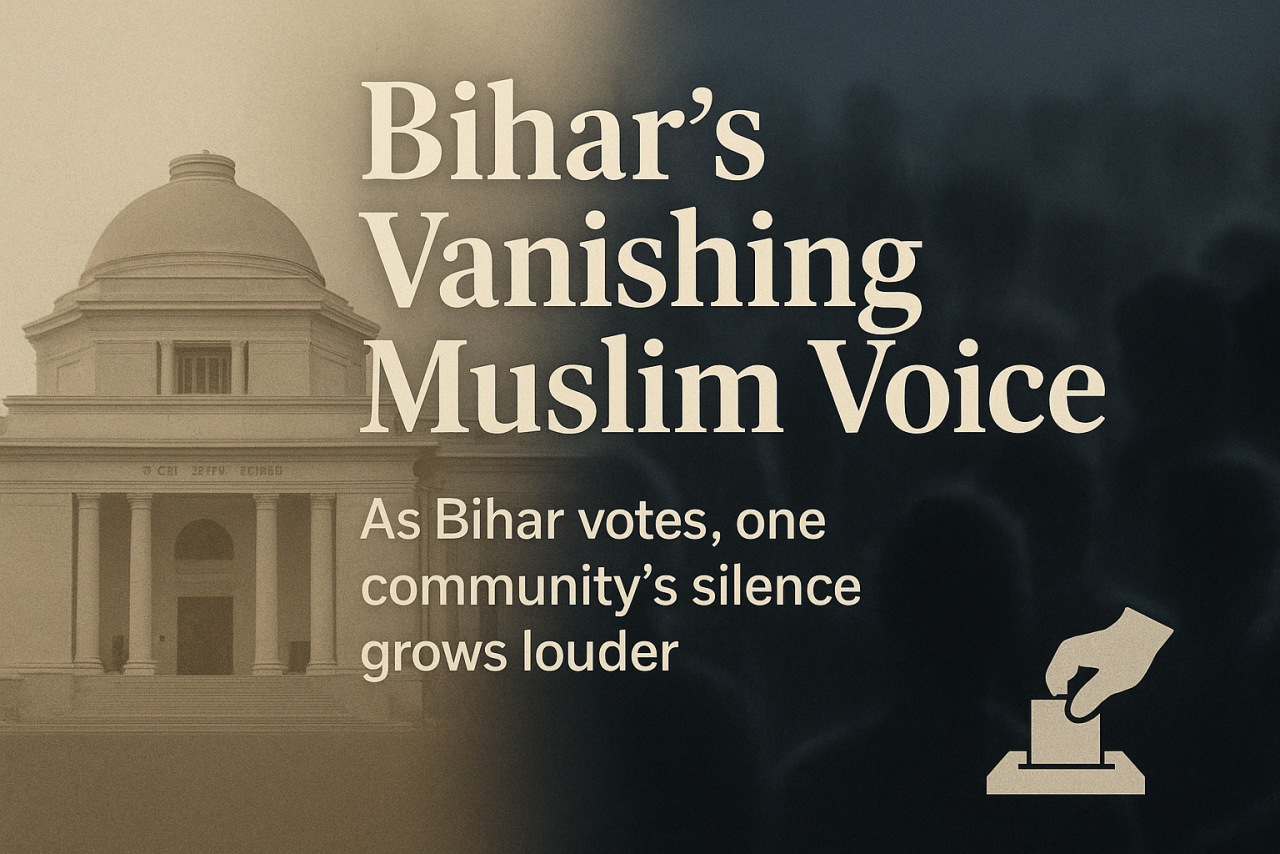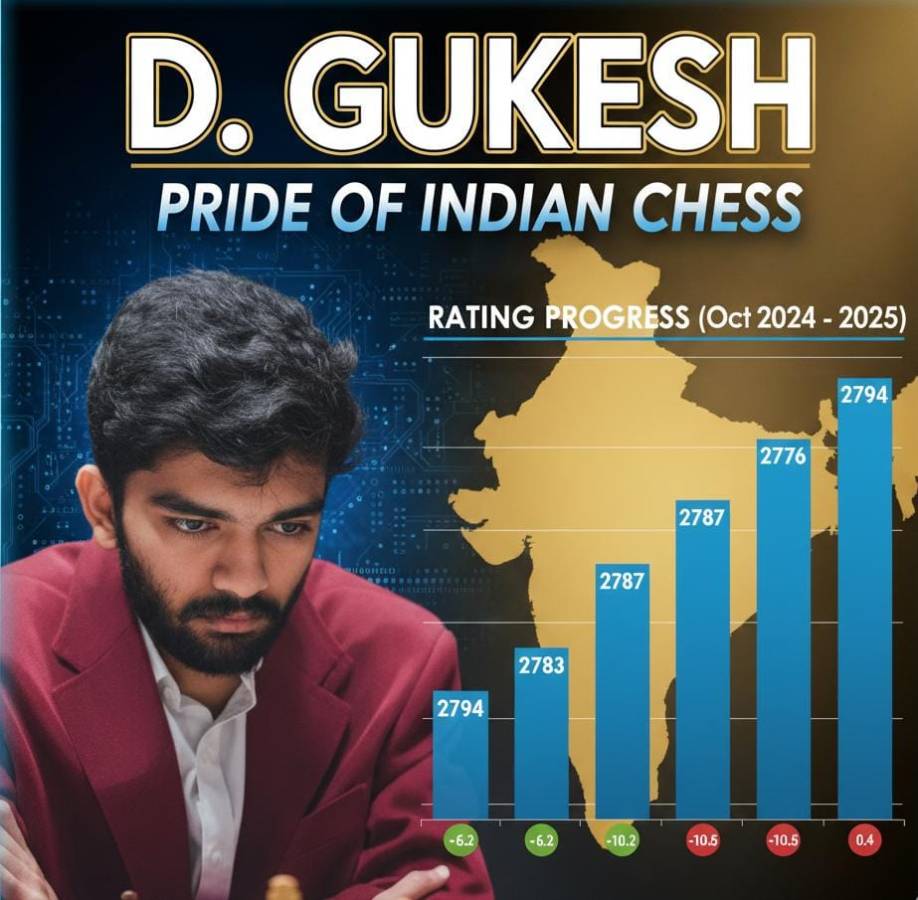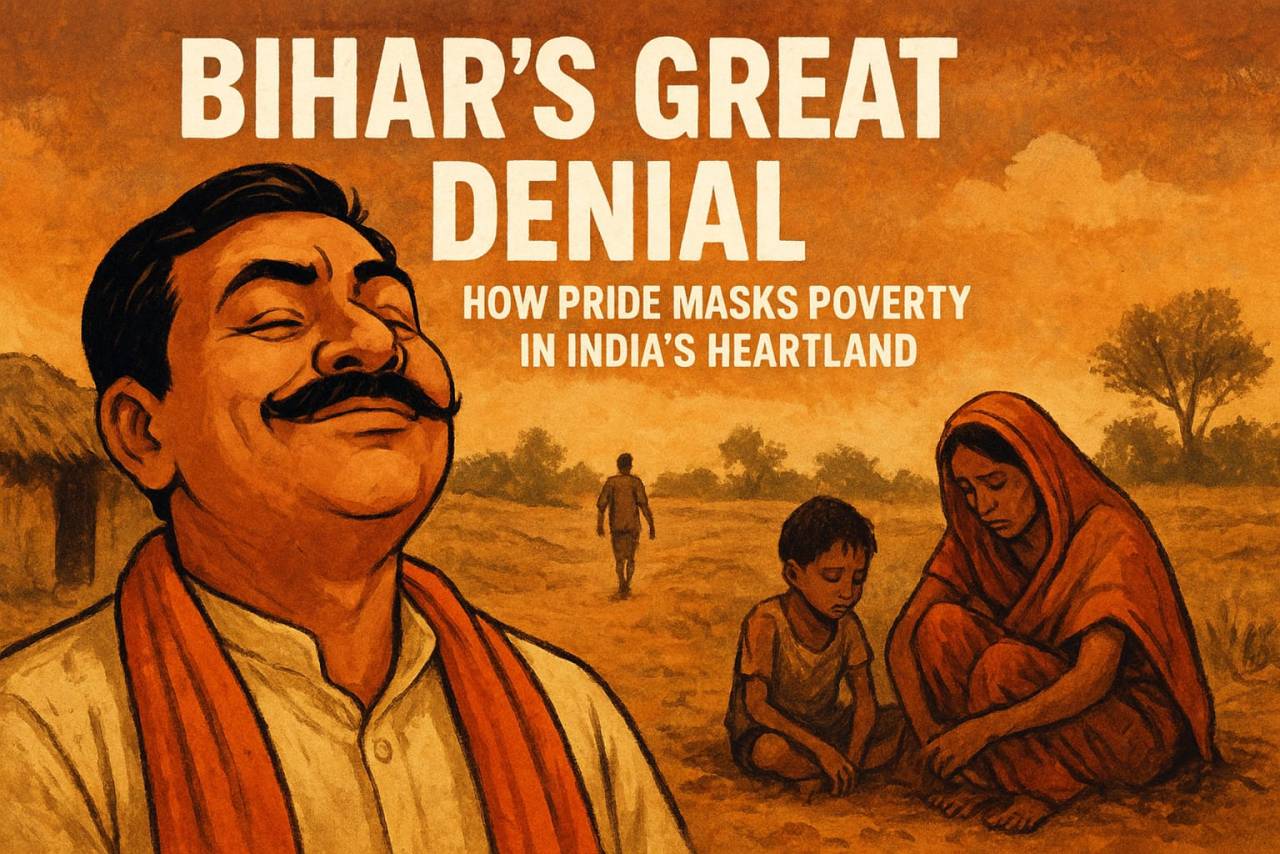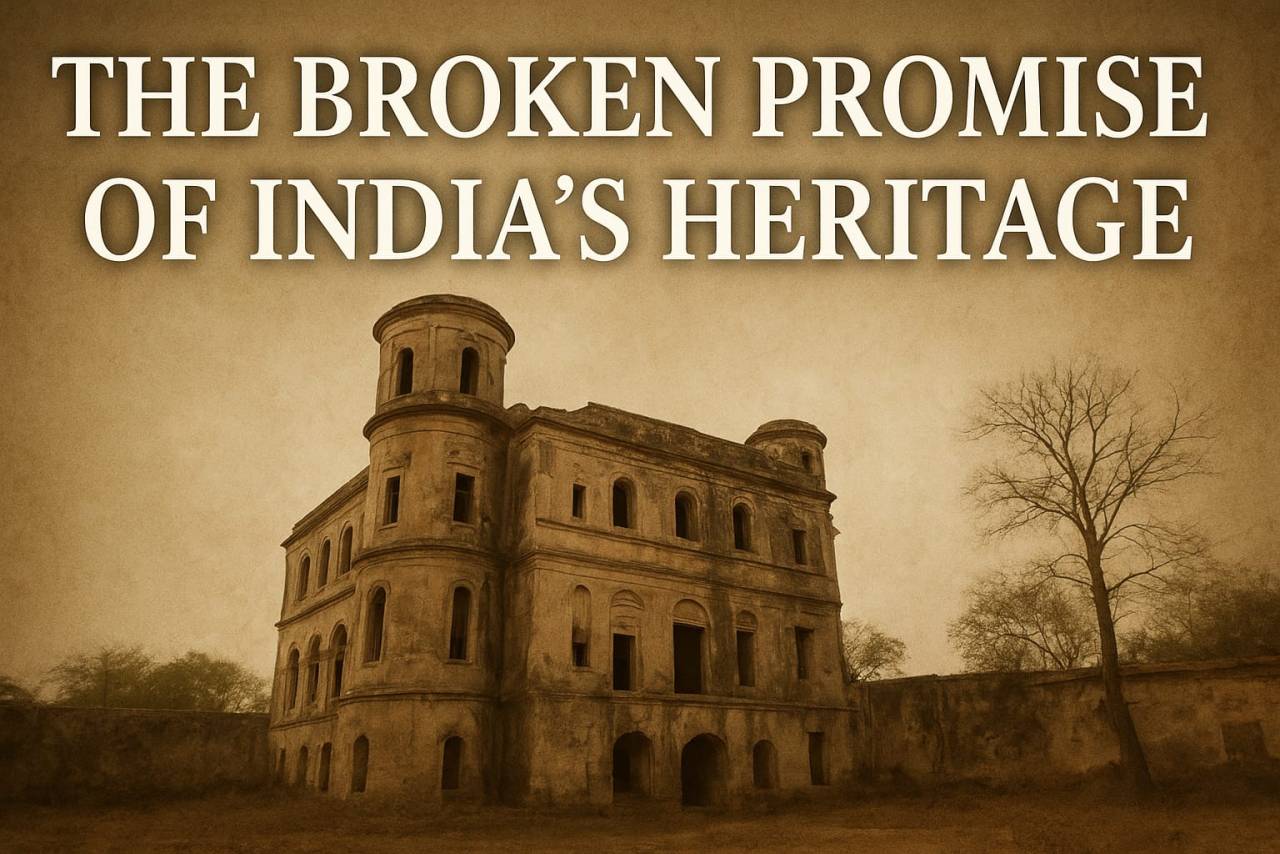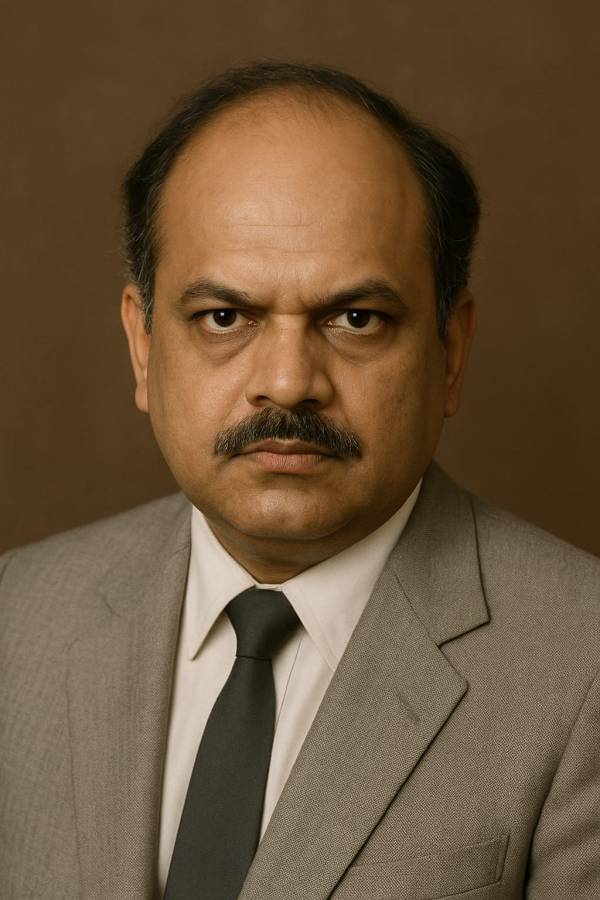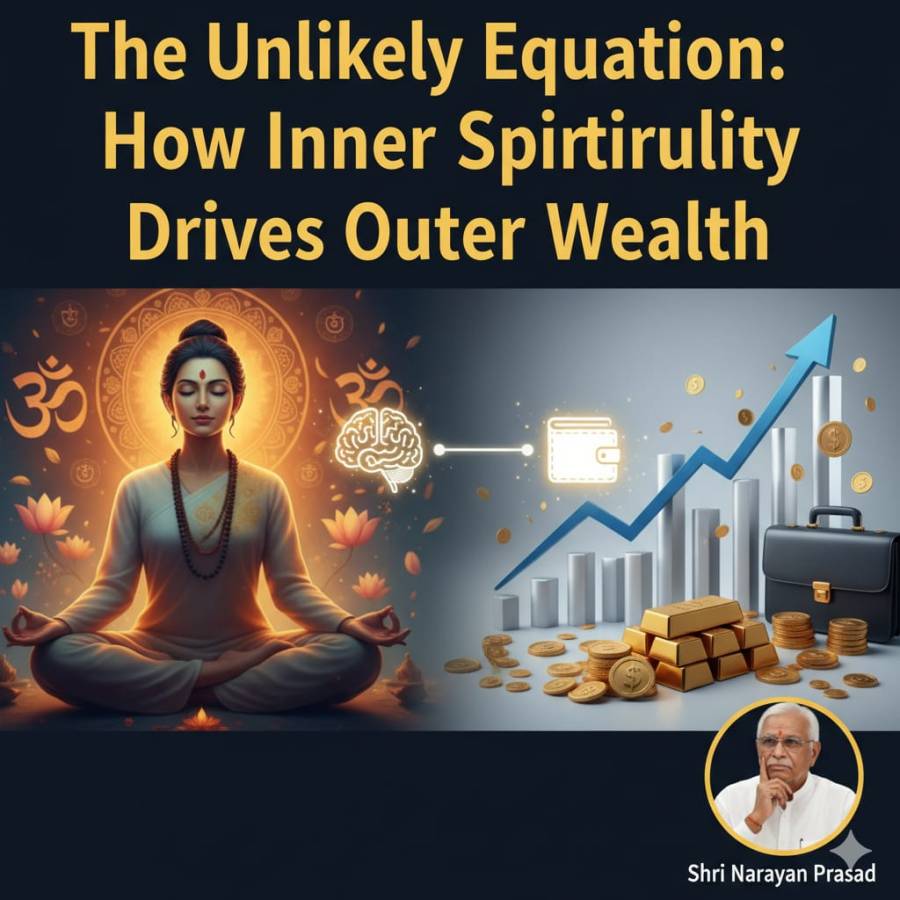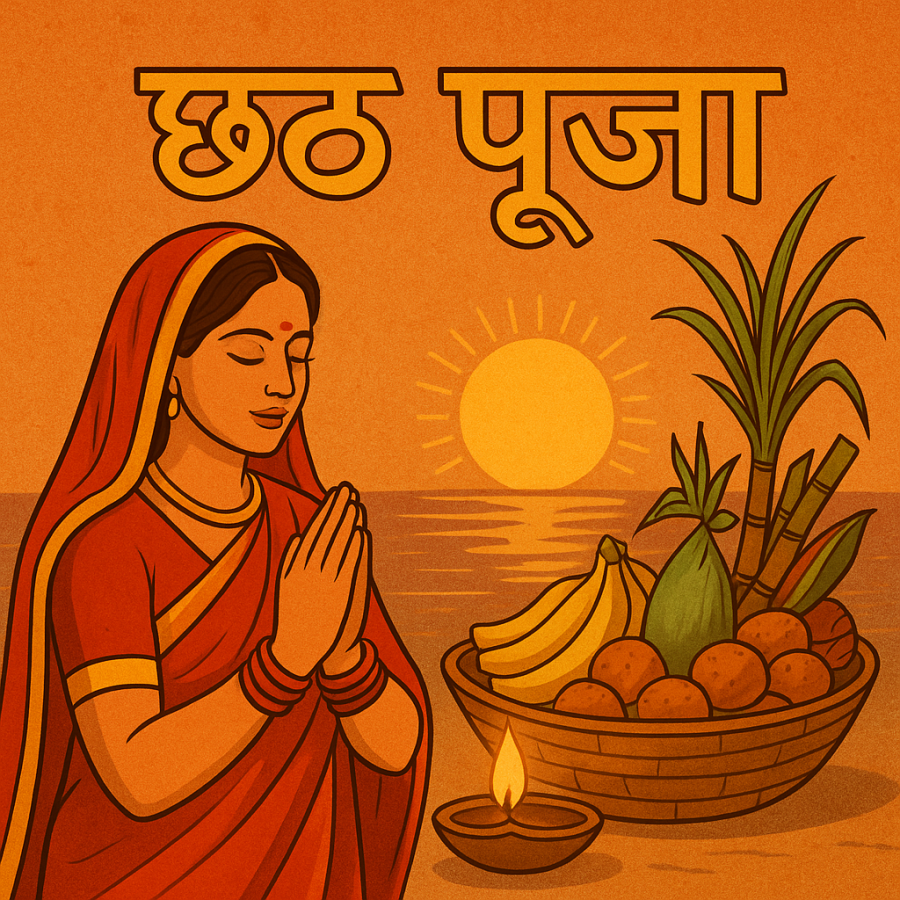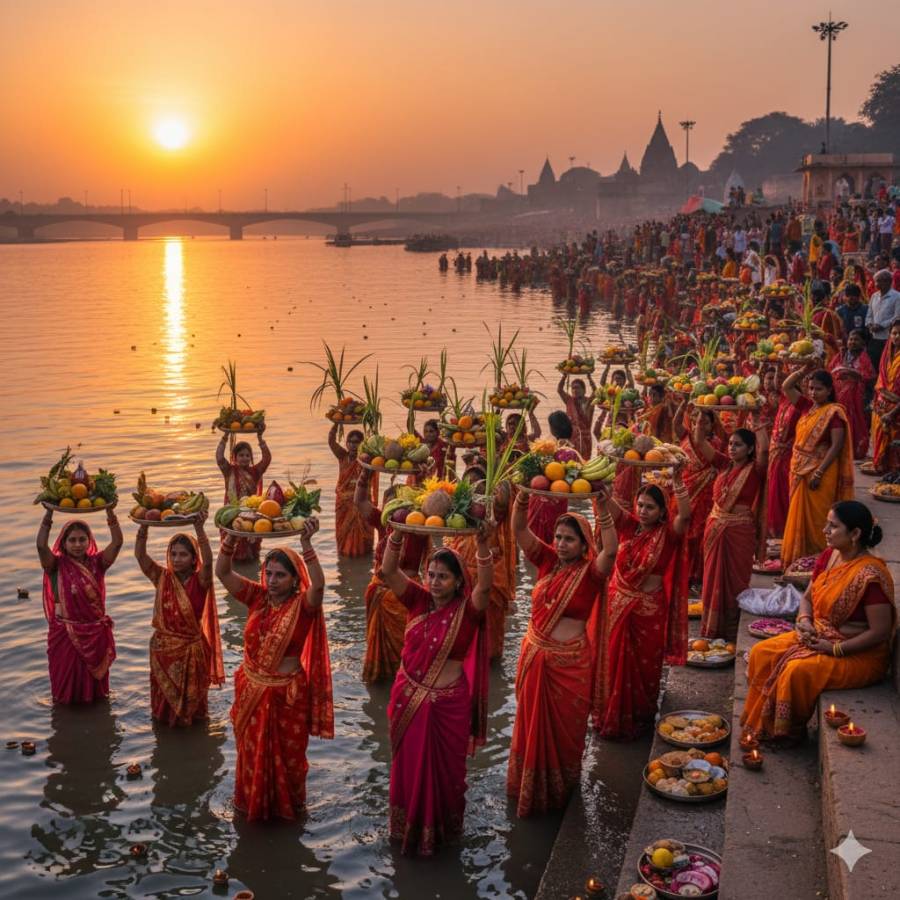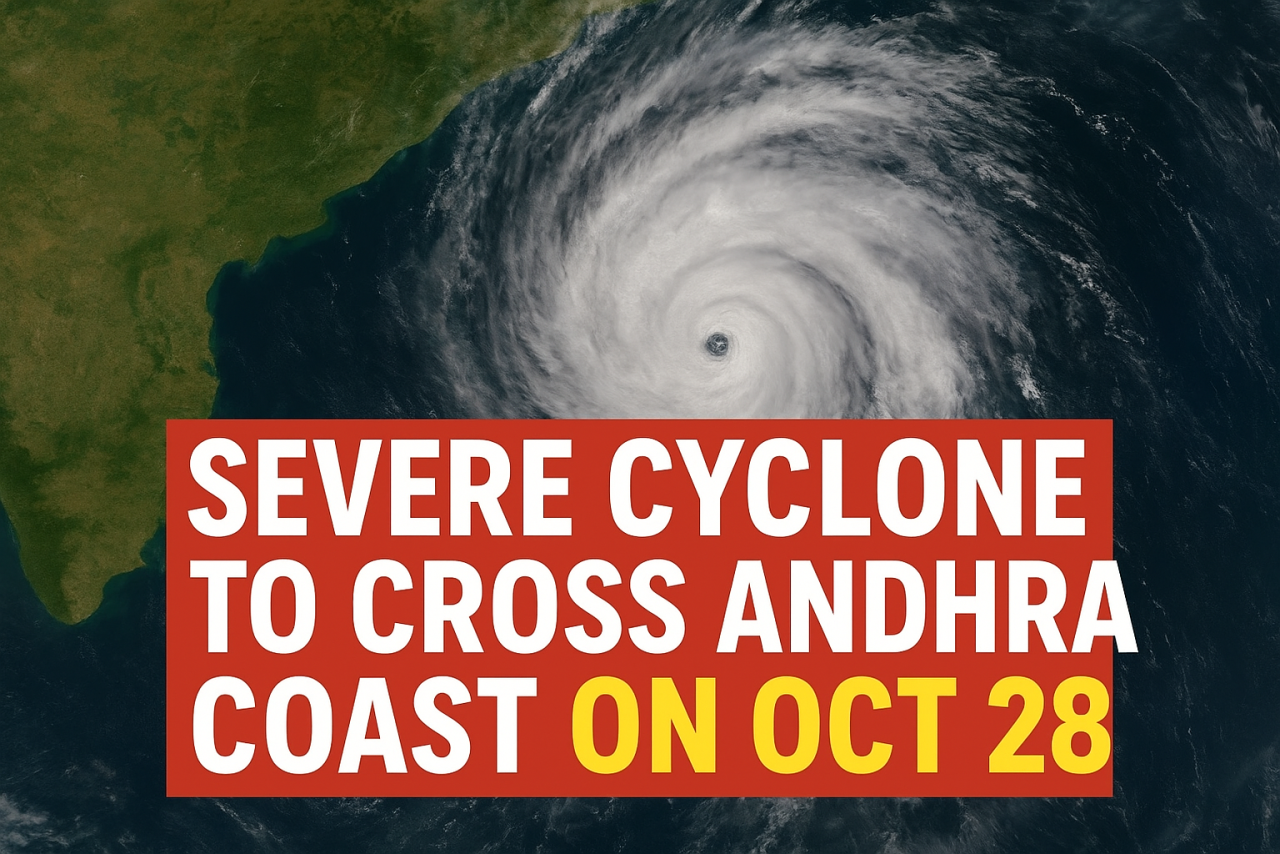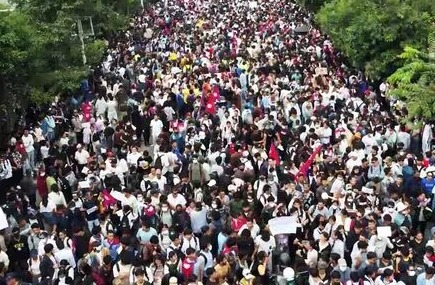
Nepal is facing one of its biggest youth movements in years. Over the past week, thousands of young people, most of them from Gen Z, have been protesting in Kathmandu and other major cities. The spark was a government decision to block popular social media platforms like Instagram, TikTok, and YouTube. But the protests are also about something much bigger: anger at corruption, nepotism, and a system that many young Nepalis feel is unfair.
The Social Media Ban
In early September, the government announced new rules that required social media companies to register locally. When they did not meet the deadline, the government ordered internet providers to block access to more than two dozen platforms. Officials said the step was meant to reduce misinformation and protect users. But for many students and young workers, it felt like the state was trying to silence them.
Social media is not just for fun in Nepal. It is the main space where young people share their frustrations, discuss politics, and expose corruption. The sudden ban cut off this outlet and created huge anger. Soon, hashtags and posts criticizing the decision spread before the blackout fully took effect. Within days, thousands gathered in the streets.
From Online to the Streets
On September 8, the protests reached Kathmandu’s Maitighar Mandala, a traditional site for demonstrations. Students, many wearing their school uniforms, carried placards with messages against nepotism and government privilege. Some highlighted the lifestyles of “nepo kids,” the children of politicians who enjoy wealth and opportunities denied to most citizens.
The protests quickly spread beyond the capital. In Pokhara, Biratnagar, and other cities, young people marched with similar demands. They were not only rejecting the ban but also calling for a fairer system where jobs and opportunities are not limited to the connected few.
The Deadly Crackdown
As crowds grew larger, clashes broke out between protesters and security forces. Police used tear gas, rubber bullets, and water cannons to disperse demonstrators. In some areas, live ammunition was fired. Hospitals in Kathmandu reported dozens of young people arriving with injuries. Reports suggest that more than a dozen protesters have died and over a hundred have been injured. The government has imposed curfews in parts of the capital to try to control the unrest.
The violence has shocked many in Nepal and abroad. Families of the victims are demanding justice, and human rights groups are urging the government to investigate the use of excessive force.
A Larger Frustration
The protests are not only about social media. They reveal a larger frustration among young Nepalis. Nepal has a high youth unemployment rate, and many young people dream of moving abroad for work or study. Those who stay often feel blocked by corruption and favoritism. The ban on social media, therefore, became a symbol of a system that ignores their voices.
For this generation, digital platforms are more than entertainment. They are spaces of freedom where young people can express themselves, learn, and connect with the world. Blocking them has been seen as an attack on their identity and their right to be heard.
Global Warnings
Nepal is not the only country struggling with the role of social media. Governments in Australia and New Zealand are also debating restrictions, though in different ways. Australia has already passed a law banning children under 16 from creating accounts on platforms like Instagram and TikTok. New Zealand is considering similar steps. But these measures aim at protecting children, not silencing political criticism.
In Nepal, the timing and manner of the ban have raised suspicions that the government wanted to curb dissent rather than protect citizens. International observers warn that shutting down digital spaces often makes protests more intense.
Political Pressure
The crisis has already claimed a major political figure. Nepal’s home minister resigned under pressure after the deadly crackdown. Protesters, however, say this is not enough. They want justice for those killed and injured, and they want policies that end favoritism and privilege.
The government now faces a choice. It can respond with more force, risking further anger, or it can open a dialogue with its young citizens. What happens next will shape the country’s politics for years.
Final Take
Nepal’s Gen Z has shown that it is not afraid to take its fight from social media to the streets. The protests began with blocked apps but have grown into a demand for fairness and dignity. If leaders listen, this moment could lead to change. If they do not, the divide between young people and the state may only deepen.


